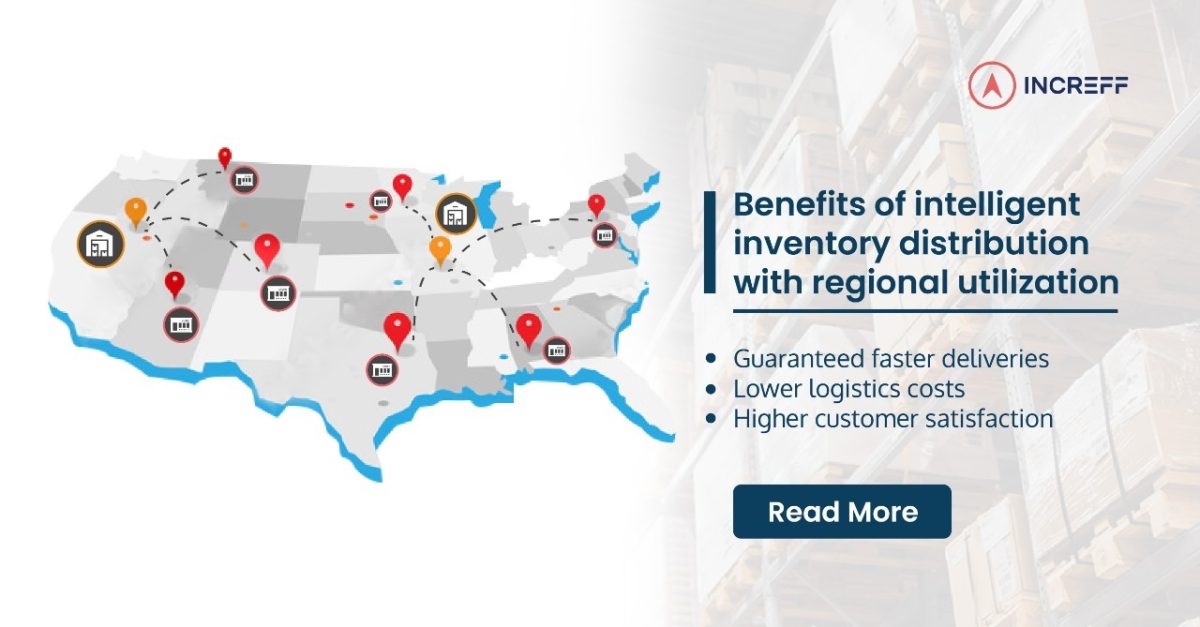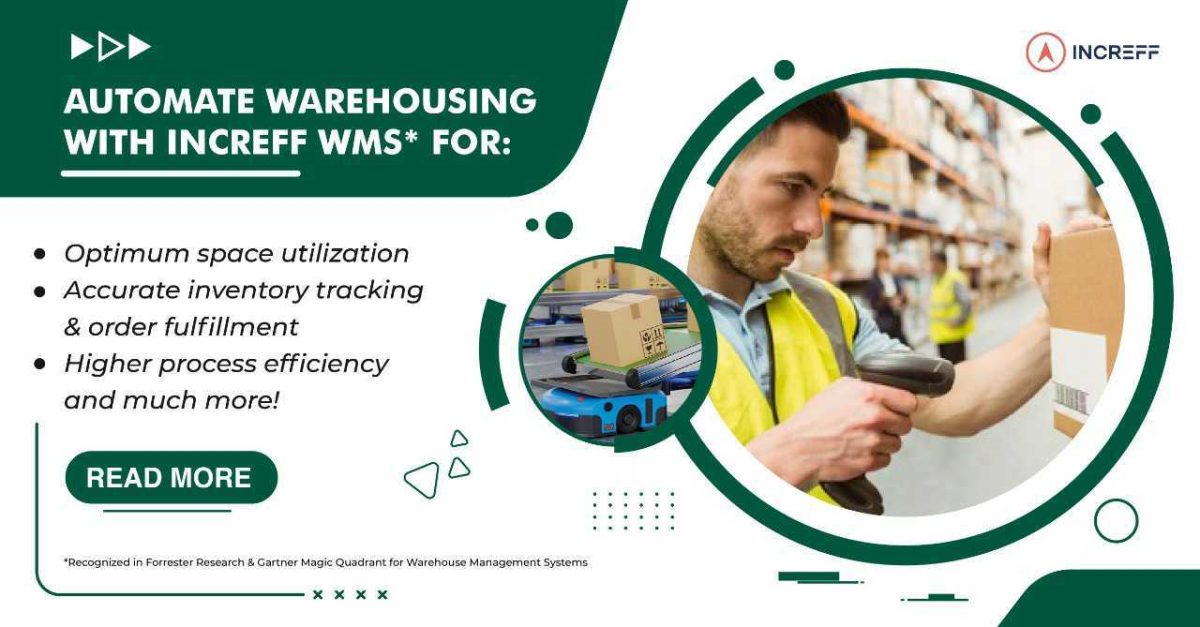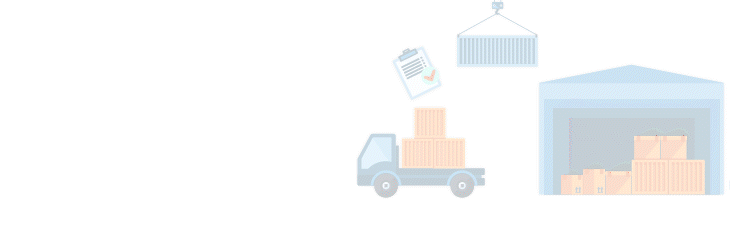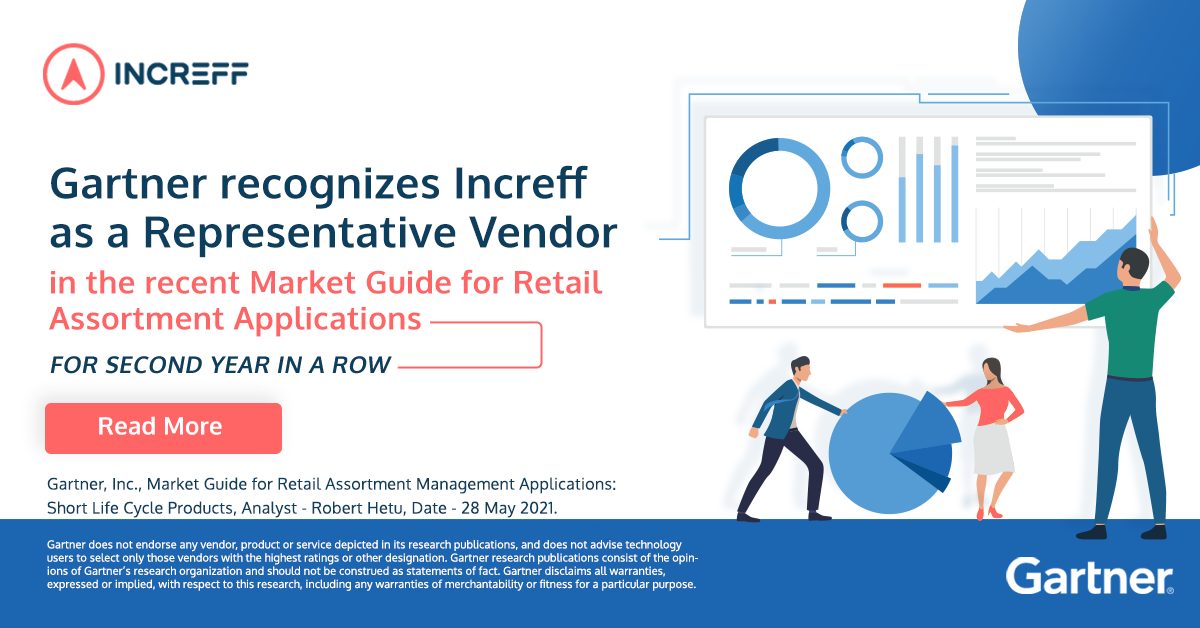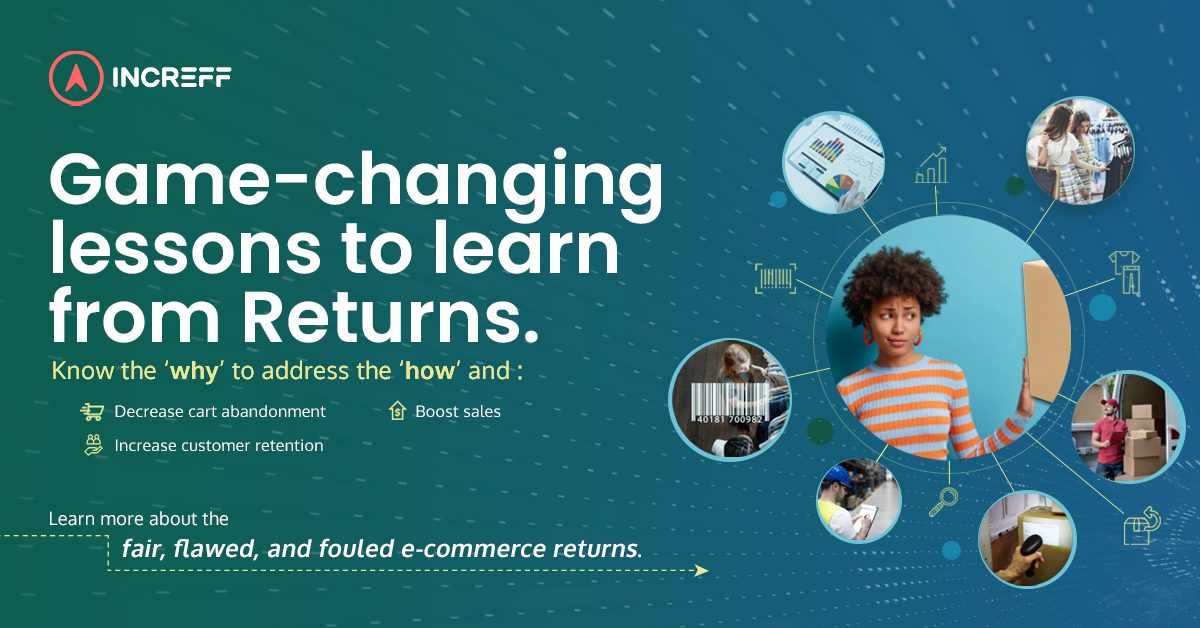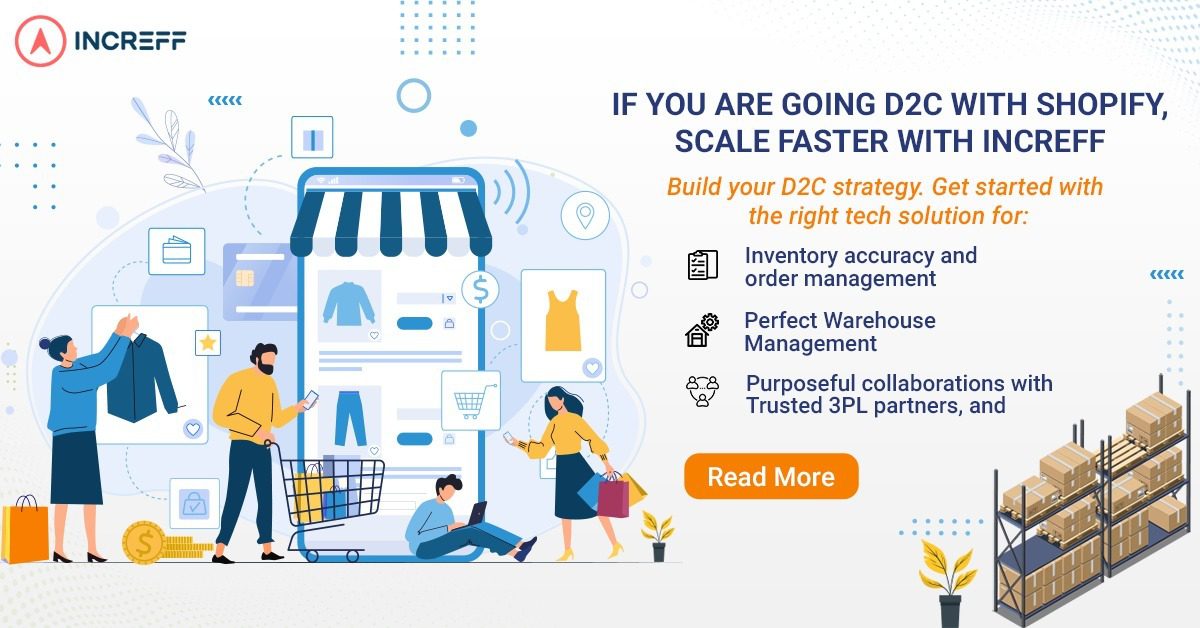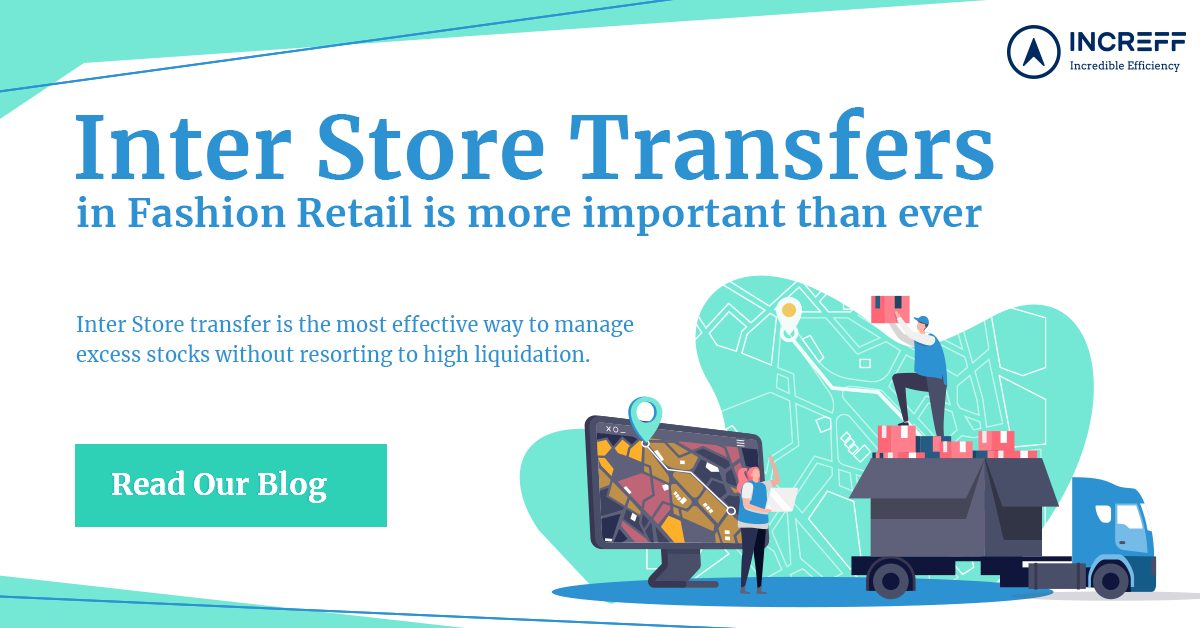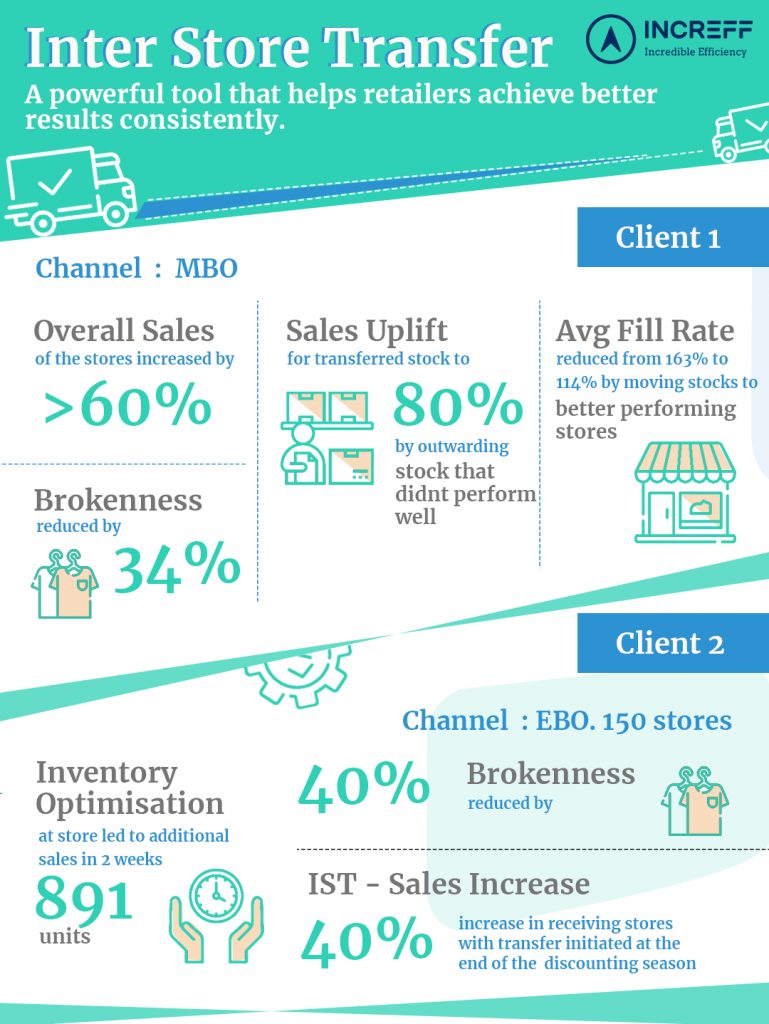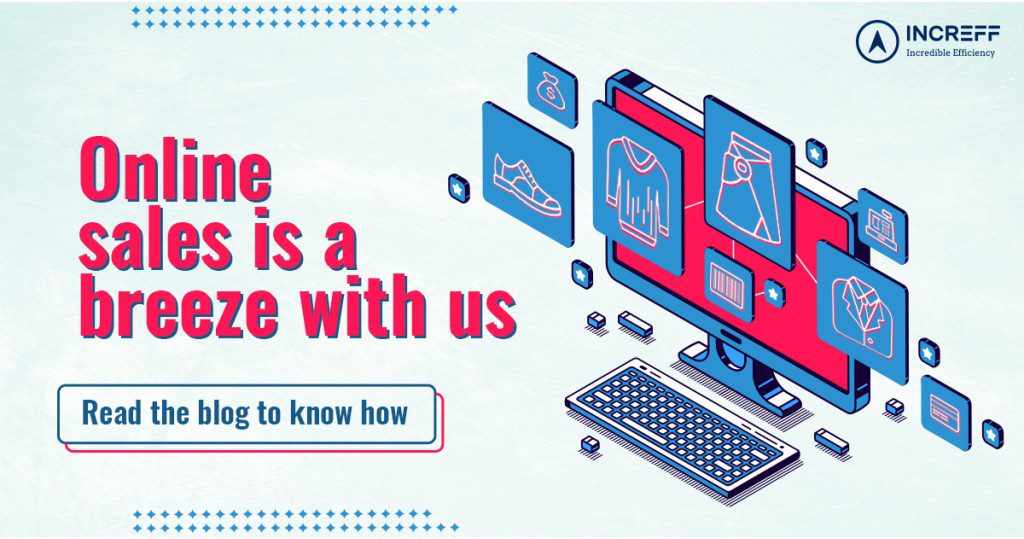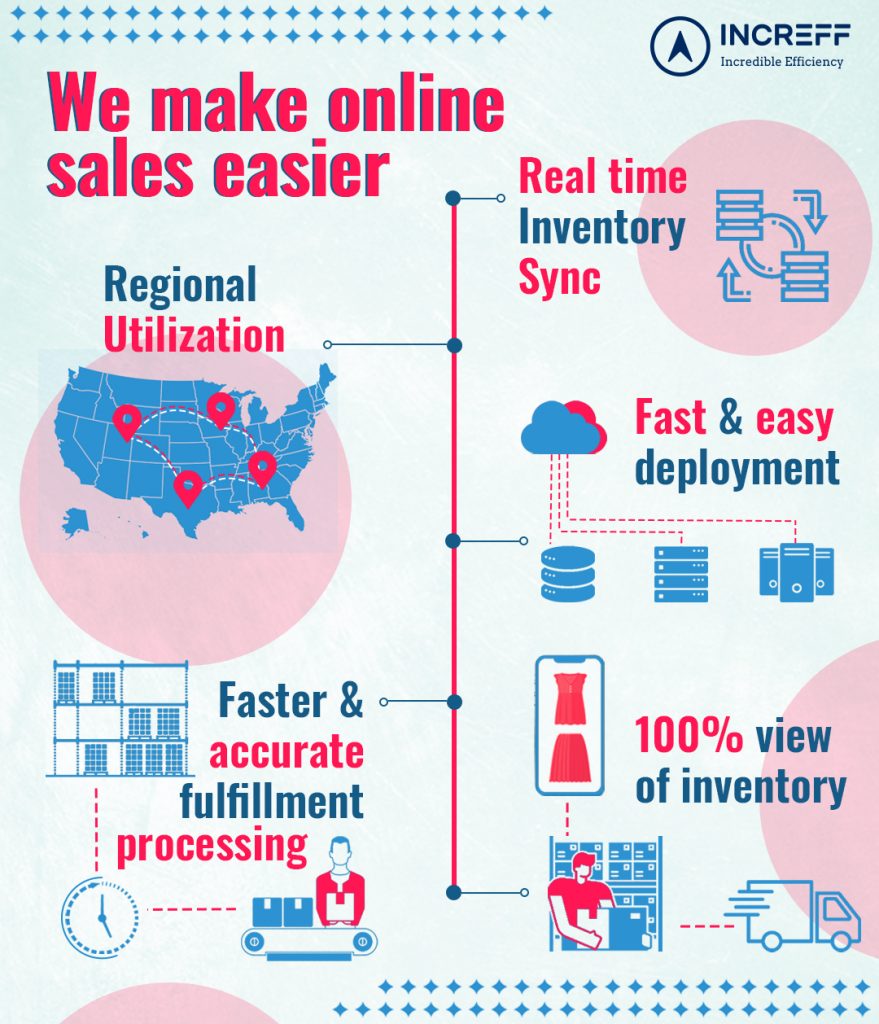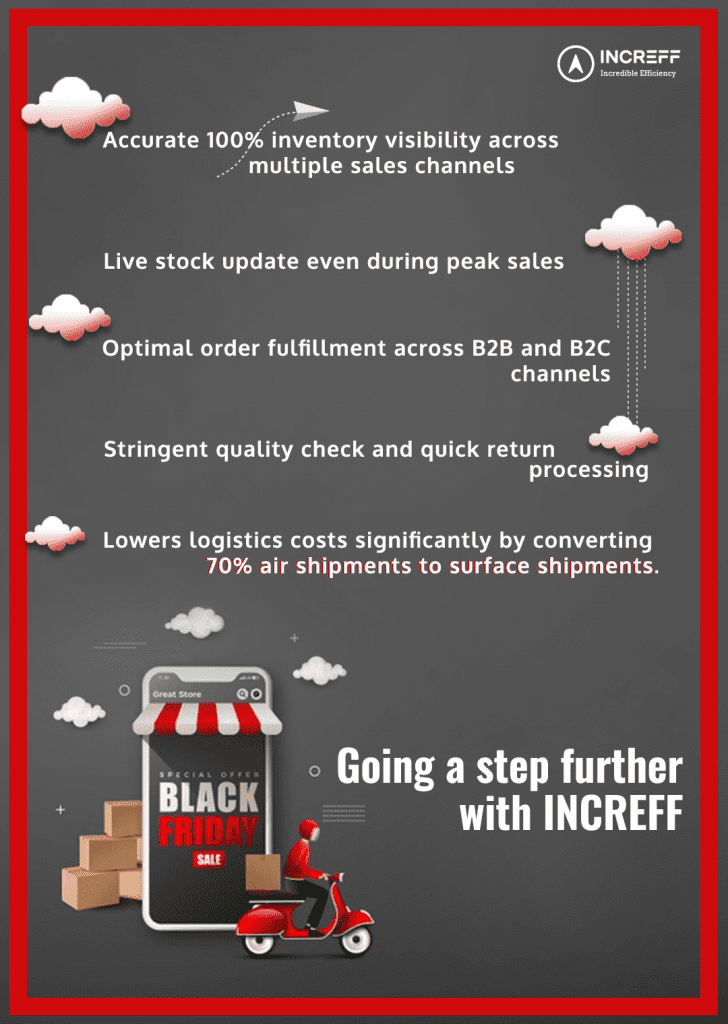The phenomenal rise of e-commerce is hardly unprecedented. Over the last few years, the growing internet penetration, affordable data prices, persistent efforts of e-commerce companies, and the global pandemic, compelled the digital revolution on even the most unwilling customers and companies. It was an evolve or get left behind situation for many companies and the bottom line is that e-commerce is here to thrive. In fact, many companies embraced this change, transforming or launching their businesses to be direct-to-consumer (DTC) brands.
Roadblocks in the success story of e-commerce
E-commerce’s exceptional growth hasn’t been without hurdles. One of the biggest challenges faced by online retailers is logistics and the cost associated with it. Considering the length and breadth of the country, combined with various terrains and inadequate infrastructure, digital retailers had to start from scratch.
Though initial hiccups are out of the way, there is still a ton of room for improvement as the current logistics costs are still quite significant. While retailers are catching up, customer demands are already evolving. Faster deliveries, as fast as one-day or same-day delivery, are quickly becoming a norm as customers are willing to incur a cost to get their purchases. This is a testament to how e-commerce has grown from a discounted marketplace to the preferred choice of customers.
Changing customer demands
This change in customer behavior and demand has set a new challenge for e-commerce retailing. To be able to offer faster delivery speed, the products being sold have to be physically close to the final delivery destination or the seller should be able to transport them in time. Goods are primarily transported from warehouses through the surface (road/rail) or air. As an increasing number of orders are from tier II and tier III cities, processing these orders in the stipulated time is becoming a challenge. Air transfers are costly and unsustainable in the long run. Many of these locations are not connected by air, therefore surface shipments are feasible but may delay deliveries. It is entirely possible that while solving this dilemma, the seller might lose out on the customer due to delivery time.
Making inventory more accessible
How do e-commerce retailers and sellers solve this perpetual problem? The need of the hour is a better strategy when it comes to the distribution of inventory. Optimizing inventory distribution through distributed warehousing can reduce delivery time and logistics costs while keeping customers satisfied. The answer lies in making use of Regional Utilization often also referred to as smart inventory distribution or smart warehouse distribution.
Based on customer pin code level demand pattern, rate of sale, days on hand cover, and festivities and seasonalities, Increff Regional Utilization algorithms ascertain where to place your inventory. If your inventory is already close to the customer, order fulfillment becomes quicker and more cost-efficient.
Some more benefits of Regional Utilization include –
- Reduction in the number of returns due to late delivery
- Increase in sales as customer satisfaction scores increase
- Lesser deadstock due to highly streamlined inventory distribution
- Sustainable deliveries with lower impact on the environment
Having data and insights about operation-wide customer demands can also help the business expand. Understanding the demand, warehouses can be placed at strategic locations and goods can be diverted to locations with higher demand. This data can also aid in the creation of localized products, offers, and promotions.
Increff Regional Utilization is a web-based, self-serve SaaS tool that uses patent-pending algorithms to provide proportionate inventory allocation across warehouses and new style distribution based on attribute group performance.
Results of implementing distributed warehousing result in the conversion of up to 70% of air shipments to surface shipments, a significant uptick in delivery times, and up to 12% savings in logistics costs. It can be deployed in a matter of minutes for all types of businesses, making it a quick yet valuable long-term investment.

Optimizing delivery times for SMEs
As many SME’s are also embracing e-commerce to sell their products, their challenges when it comes to distribution and supply chain are different from the established players. These businesses don’t have their own warehouses which can often mean longer delivery times. To optimize their operations, such businesses can use Cloud Warehousing / Warehouse Management Outsourcing to be closer to the customers.
Increff partners with third-party (3PL) logistics players to provide warehouse outsourcing and inventory management services to businesses through Cloud Warehousing. This service reduces investment costs as payment is based on the usage of space and services at the warehouse. Businesses incur no capital costs, but only operational charges for using cloud warehousing. For SMEs, this can not only reduce delivery times but also solve the problem of efficient distribution and inventory management.
